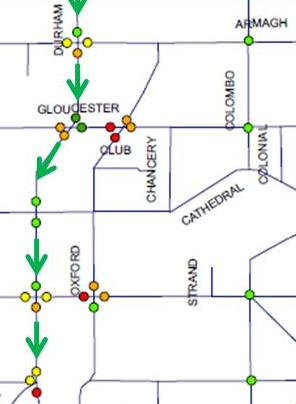 Christchurch City Council commissioned an investigation into ways of improving pedestrian level of service (LOS) at traffic signals in the central city. The paper covers Stage 1 of the investigation that addresses some of those actions, which involved developing a methodology to measure existing LOS for each signalised pedestrian crossing in the study area, allocating a LOS score to each signalised pedestrian crossing, and identifying tools for improving pedestrian LOS.
Christchurch City Council commissioned an investigation into ways of improving pedestrian level of service (LOS) at traffic signals in the central city. The paper covers Stage 1 of the investigation that addresses some of those actions, which involved developing a methodology to measure existing LOS for each signalised pedestrian crossing in the study area, allocating a LOS score to each signalised pedestrian crossing, and identifying tools for improving pedestrian LOS.
We are not aware of a methodology measuring LOS for pedestrians at traffic signals that goes beyond delay. This is the new aspect stemming from our work.
Since the paper was submitted, Stage 2 of the project has been undertaken. This included a detailed proposal for each signalised crossing and modelling of the effects in Paramics. The presentation reports the predicted results; whilst the average LOS for pedestrian increases from LOS D to LOS C, the overall network performance for motorists remains fairly unchanged. A fantastic result! The methodology is easily transferable to areas outside of the central city, and is applicable to other cities.

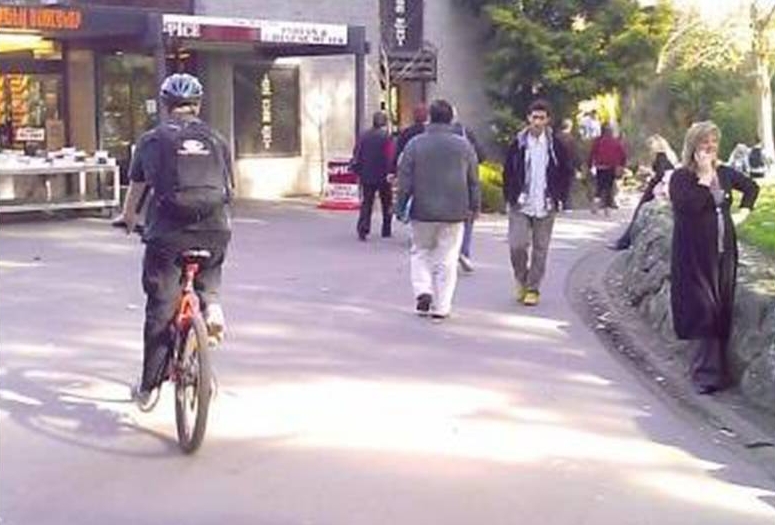 ViaStrada's Andrew Macbeth delivered a presentation on Best Practice for Walking and Cycling to the May 2011 meeting of the Wellington Active Transport Forum. The presentation discusses policy and design issues for walking and cycling, such as when walking and cycling facilities should be separated from each other. Andrew gave the presentation on one of his regular visits to Wellington, while developing the Upper Hutt Walking and Cycling Strategy.
ViaStrada's Andrew Macbeth delivered a presentation on Best Practice for Walking and Cycling to the May 2011 meeting of the Wellington Active Transport Forum. The presentation discusses policy and design issues for walking and cycling, such as when walking and cycling facilities should be separated from each other. Andrew gave the presentation on one of his regular visits to Wellington, while developing the Upper Hutt Walking and Cycling Strategy.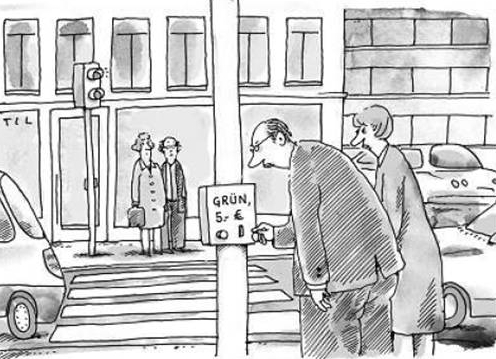 The Christchurch City Council ran a series of three stakeholder workshops in June 2011 to discuss transportation issues for the rebuild of Christchurch's central city, after the devastating earthquakes of 2010 and 2011. The workshops discussed three themes: form and function; parking; and public transport. Andrew Macbeth attended all three in his capacity as the accessibility representative on the Canterbury Regional Transport Committee. His presentation is available on the ViaStrada website.
The Christchurch City Council ran a series of three stakeholder workshops in June 2011 to discuss transportation issues for the rebuild of Christchurch's central city, after the devastating earthquakes of 2010 and 2011. The workshops discussed three themes: form and function; parking; and public transport. Andrew Macbeth attended all three in his capacity as the accessibility representative on the Canterbury Regional Transport Committee. His presentation is available on the ViaStrada website.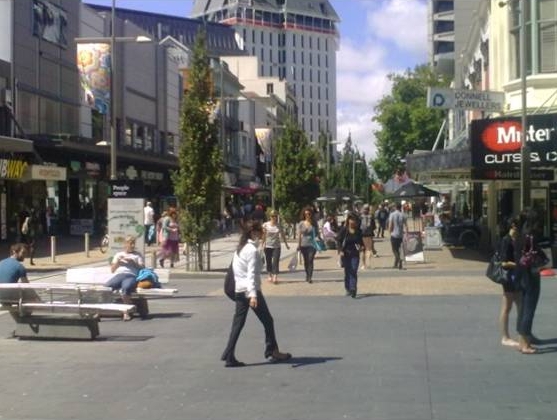
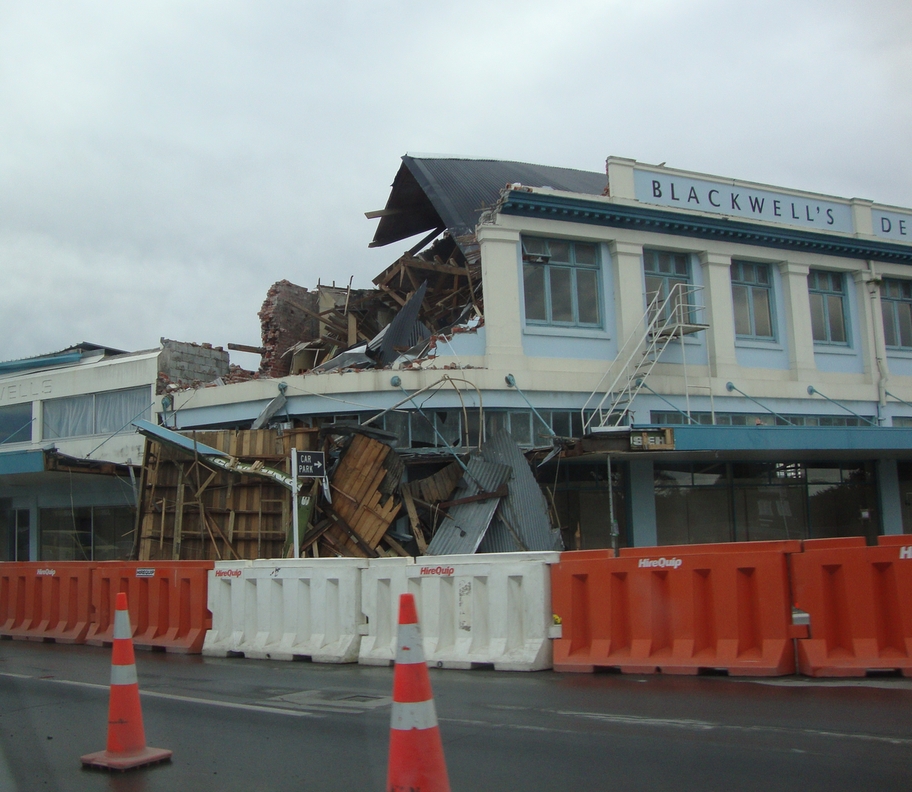 The 4 September 2010 earthquake significantly damaged infrastructure in the town of Kaiapoi, 20 km north of central Christchurch. The Waimakariri District Council (WDC) faced challenges of immediate repairs and longer term reinstatement. An 'Infrastructure Recovery Team' including ViaStrada's
The 4 September 2010 earthquake significantly damaged infrastructure in the town of Kaiapoi, 20 km north of central Christchurch. The Waimakariri District Council (WDC) faced challenges of immediate repairs and longer term reinstatement. An 'Infrastructure Recovery Team' including ViaStrada's 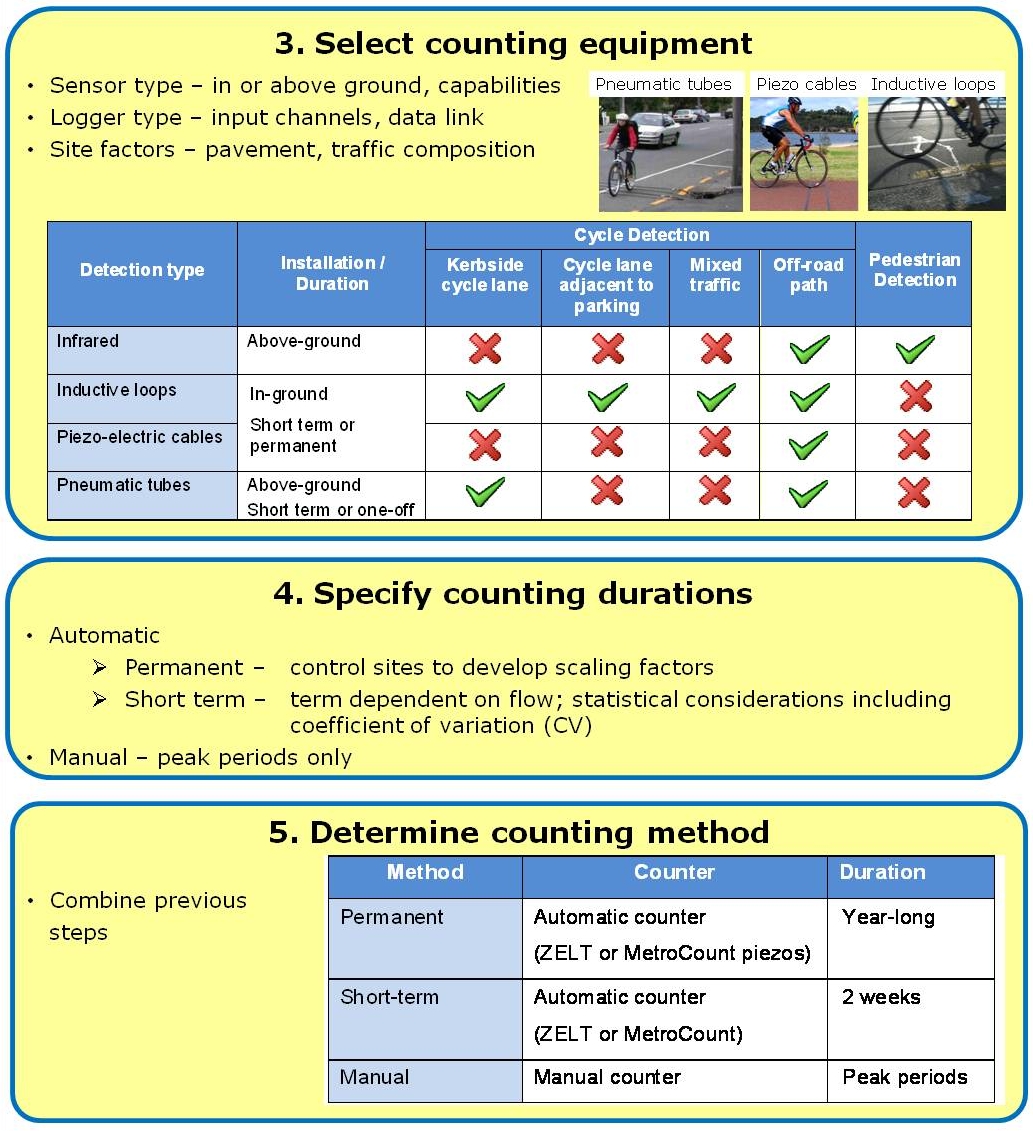 Following on from the 2008 NZTA funded investigation by ViaStrada into methods of
Following on from the 2008 NZTA funded investigation by ViaStrada into methods of 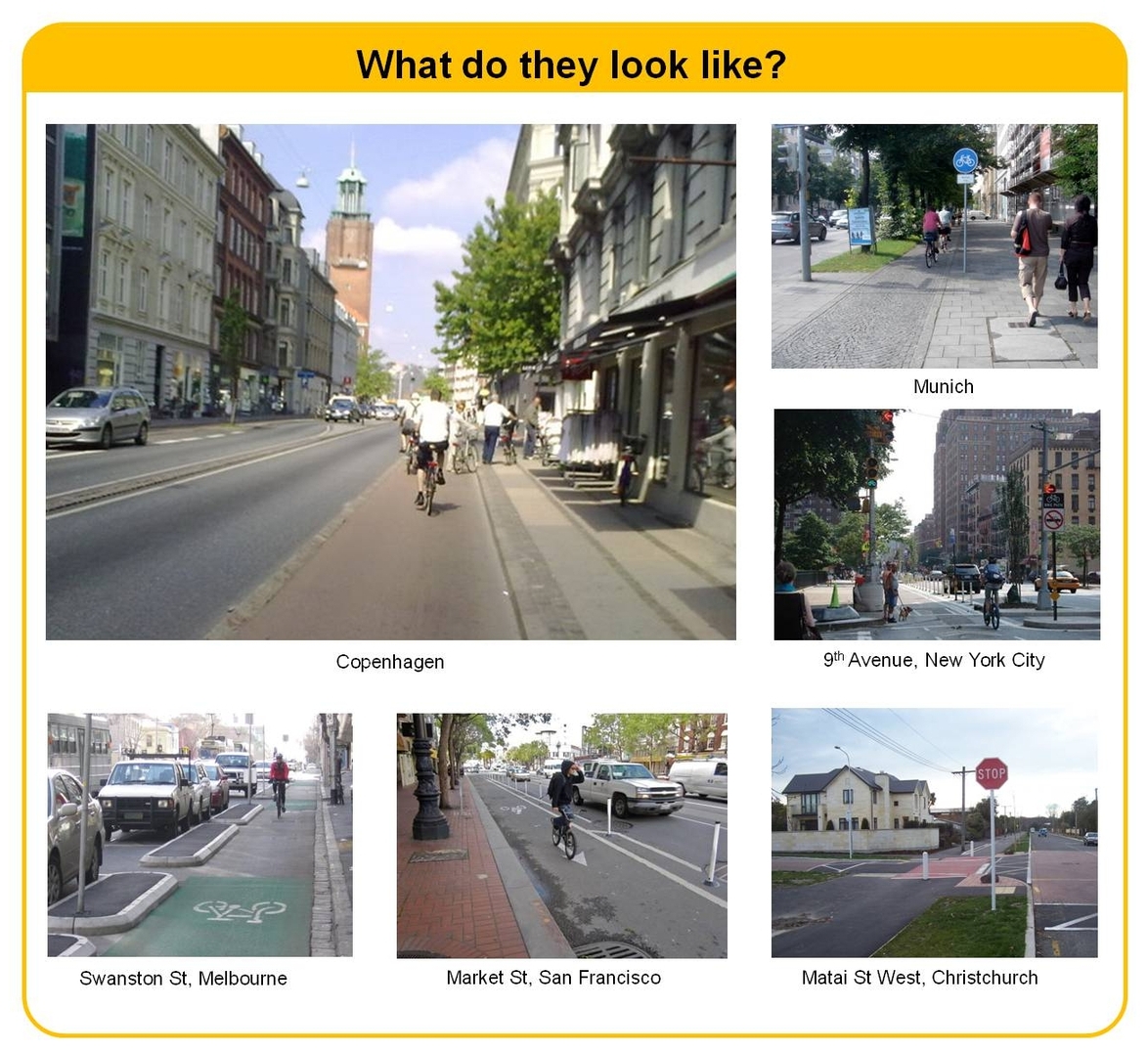 Surveys of Christchurch residents have shown that separated cycle facilities, (where cyclists are separated from motor vehicles) are the most likely facility to encourage new users to cycle in the city.
Surveys of Christchurch residents have shown that separated cycle facilities, (where cyclists are separated from motor vehicles) are the most likely facility to encourage new users to cycle in the city. Christchurch City Council commissioned an investigation into ways of improving pedestrian level of service (LOS) at traffic signals in the central city. The
Christchurch City Council commissioned an investigation into ways of improving pedestrian level of service (LOS) at traffic signals in the central city. The 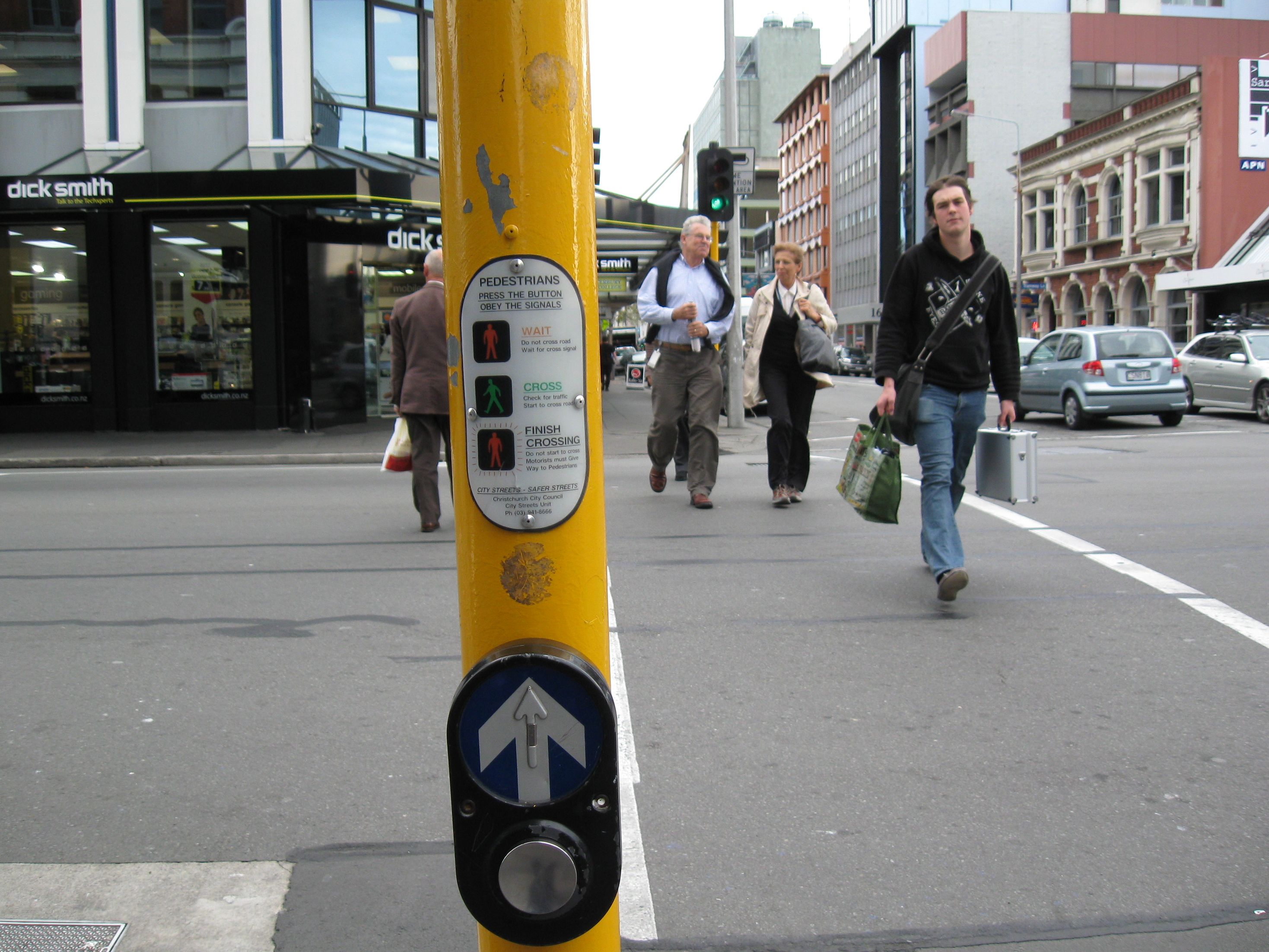 Christchurch City Council commissioned an investigation into ways of improving pedestrian level of service (LOS) at traffic signals in the Christchurch central city following the adoption of the 'City for People Action Plan'. This was triggered by a Gehl Architects study (Public Space Public Life), which considered how people use public spaces and streets in central Christchurch.
Christchurch City Council commissioned an investigation into ways of improving pedestrian level of service (LOS) at traffic signals in the Christchurch central city following the adoption of the 'City for People Action Plan'. This was triggered by a Gehl Architects study (Public Space Public Life), which considered how people use public spaces and streets in central Christchurch.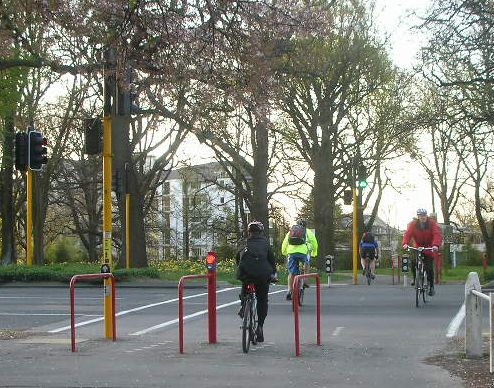
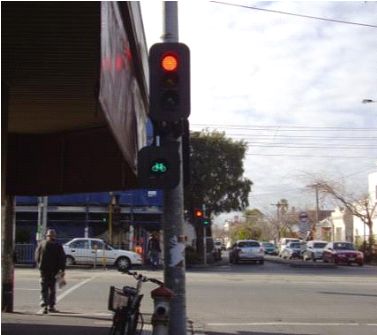 In recent years, engineers have implemented a number of changes to traffic signals especially to assist cyclists. Many of these changes are not widely known because they are not prominent, nor have they been publicised. Various stakeholders need to know how to improve conditions for cyclists at traffic signals. This presentation describes a number of techniques to help cyclists at traffic signals.
In recent years, engineers have implemented a number of changes to traffic signals especially to assist cyclists. Many of these changes are not widely known because they are not prominent, nor have they been publicised. Various stakeholders need to know how to improve conditions for cyclists at traffic signals. This presentation describes a number of techniques to help cyclists at traffic signals.